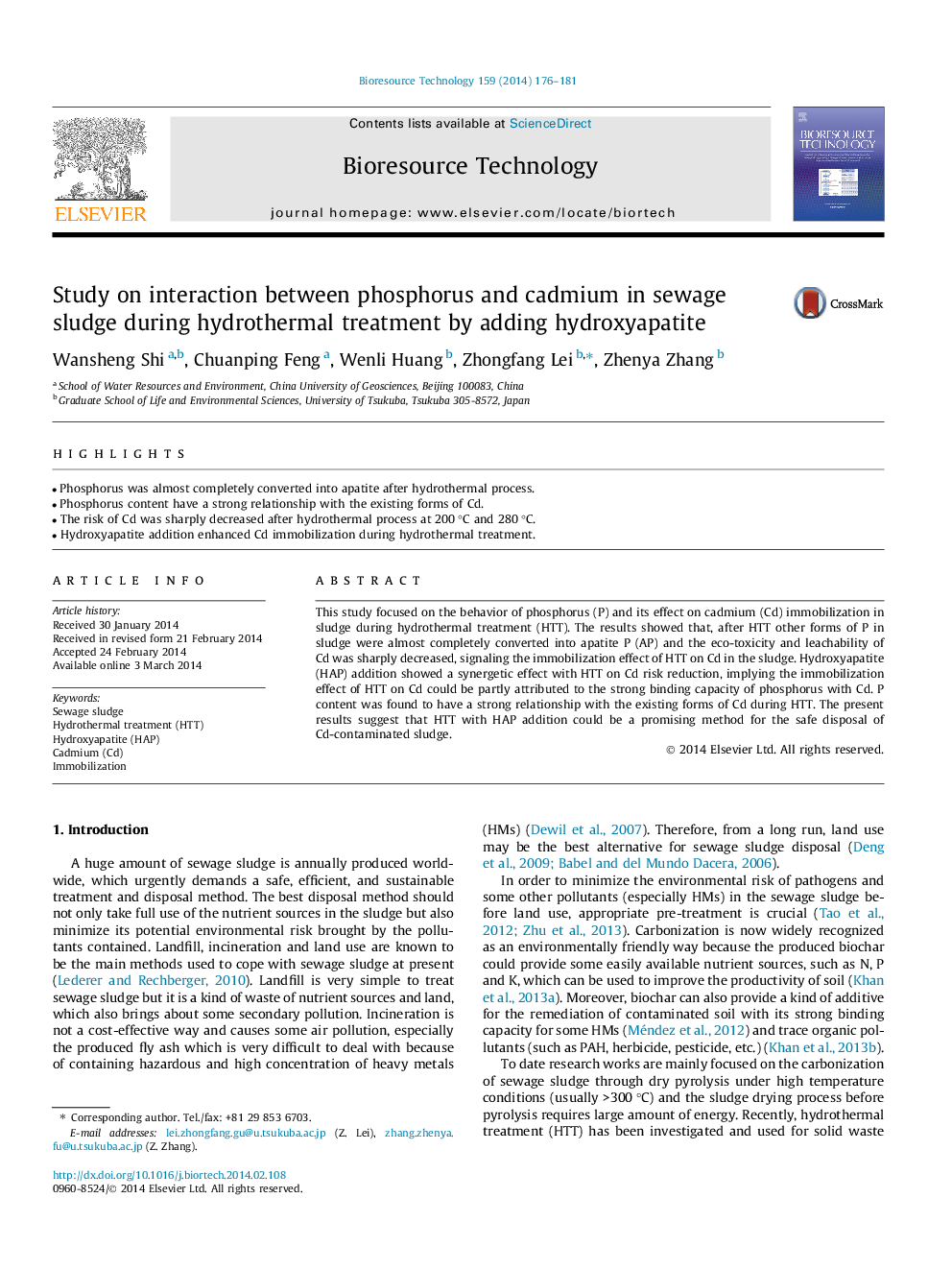| Article ID | Journal | Published Year | Pages | File Type |
|---|---|---|---|---|
| 7078475 | Bioresource Technology | 2014 | 6 Pages |
Abstract
This study focused on the behavior of phosphorus (P) and its effect on cadmium (Cd) immobilization in sludge during hydrothermal treatment (HTT). The results showed that, after HTT other forms of P in sludge were almost completely converted into apatite P (AP) and the eco-toxicity and leachability of Cd was sharply decreased, signaling the immobilization effect of HTT on Cd in the sludge. Hydroxyapatite (HAP) addition showed a synergetic effect with HTT on Cd risk reduction, implying the immobilization effect of HTT on Cd could be partly attributed to the strong binding capacity of phosphorus with Cd. P content was found to have a strong relationship with the existing forms of Cd during HTT. The present results suggest that HTT with HAP addition could be a promising method for the safe disposal of Cd-contaminated sludge.
Related Topics
Physical Sciences and Engineering
Chemical Engineering
Process Chemistry and Technology
Authors
Wansheng Shi, Chuanping Feng, Wenli Huang, Zhongfang Lei, Zhenya Zhang,
